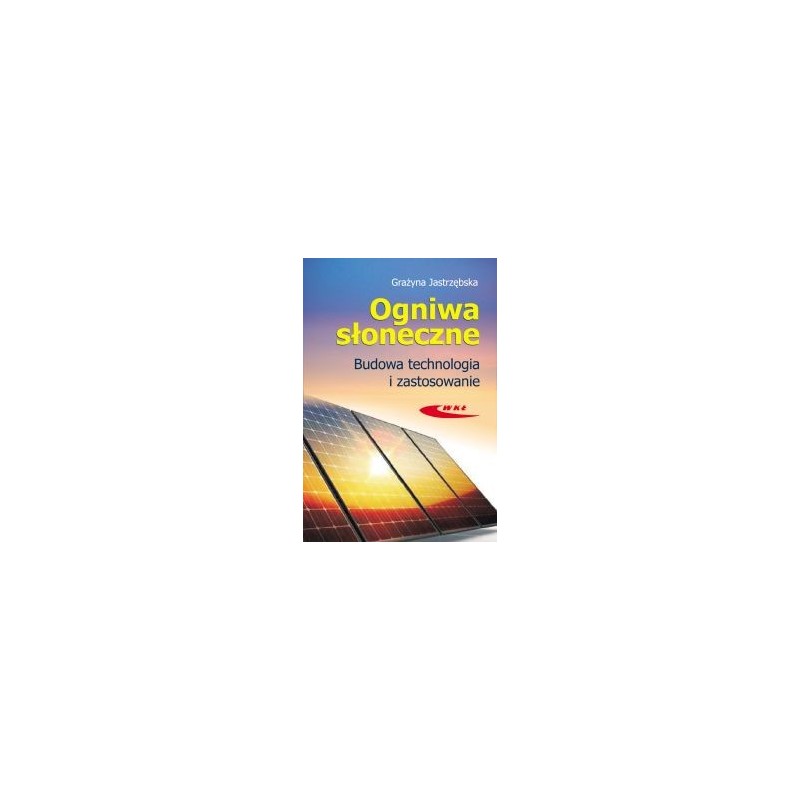- Out-of-Stock



No product available!
No product available!
No product available!
No product available!
Integrated, built-in SOM (System on Module) ARM system, equipped with TI AM3352 processor with ARM Cortex-A8 core, 512 MB DDR3 SDRAM, 512 MB Nand Flash and Gigabit Ethernet PHY and interfaces supporting PRU / ICSS protocols in real time. MYiR MYC-AM3352
No product available!
No product available!
No product available!
The eMMC 5.1 flash memory module for Hardkernel Odroid C2 computers. Capacity 64GB, installed Linux operating system. The set includes a microSD adapter. Hardkernel
No product available!
Dagu Wild Thumper 6WD All-Terrain Chassis, Silver, 34:1
No product available!
No product available!
No product available!
The Sunon blower fan is a compact and efficient cooling system with low noise level, ideal for a variety of applications, ensuring the optimal operating temperature of components and long life
No product available!
No product available!
Module with WM8960 audio decoder that allows you to operate 1 W stereo speakers and two microphones via the I2S interface. Adafruit 4757
No product available!
No product available!
Module with a UART-CAN converter designed to work with the Raspberry Pi Pico. It has a built-in E810-TTL-CAN01 transceiver and enables data transmission between a system with UART interface and a device with CAN. Waveshare Pico-CAN-A
No product available!

